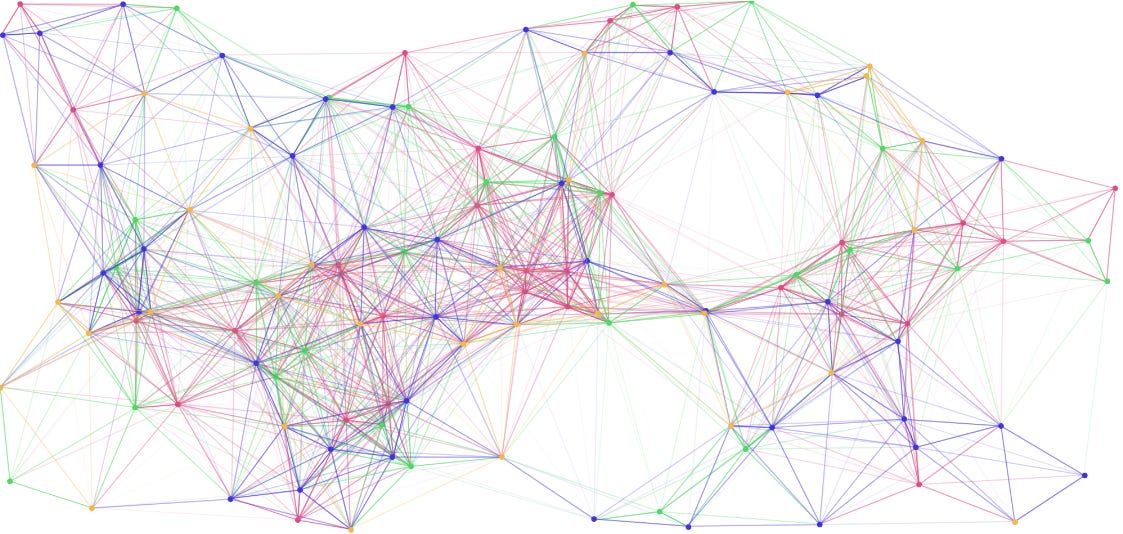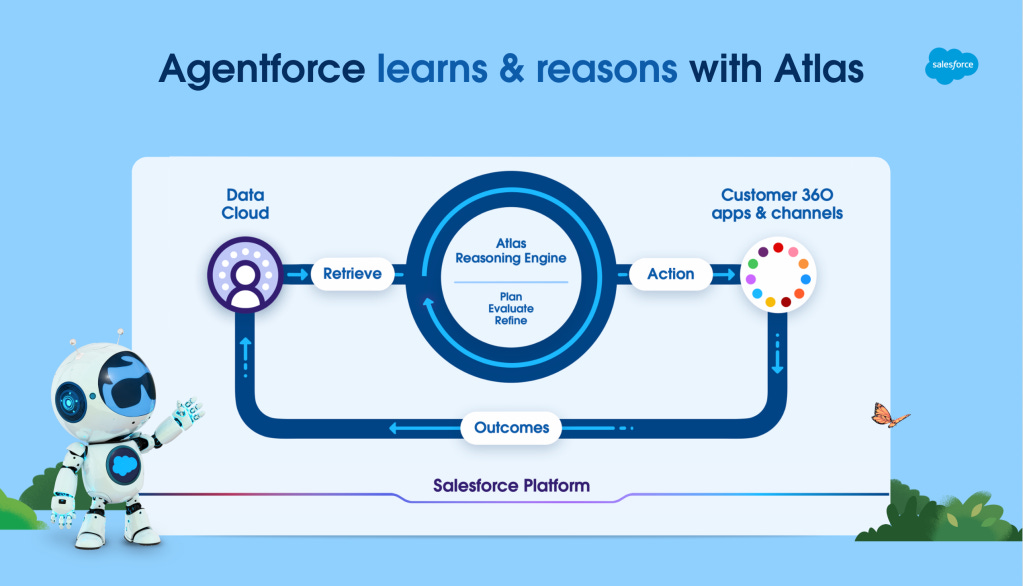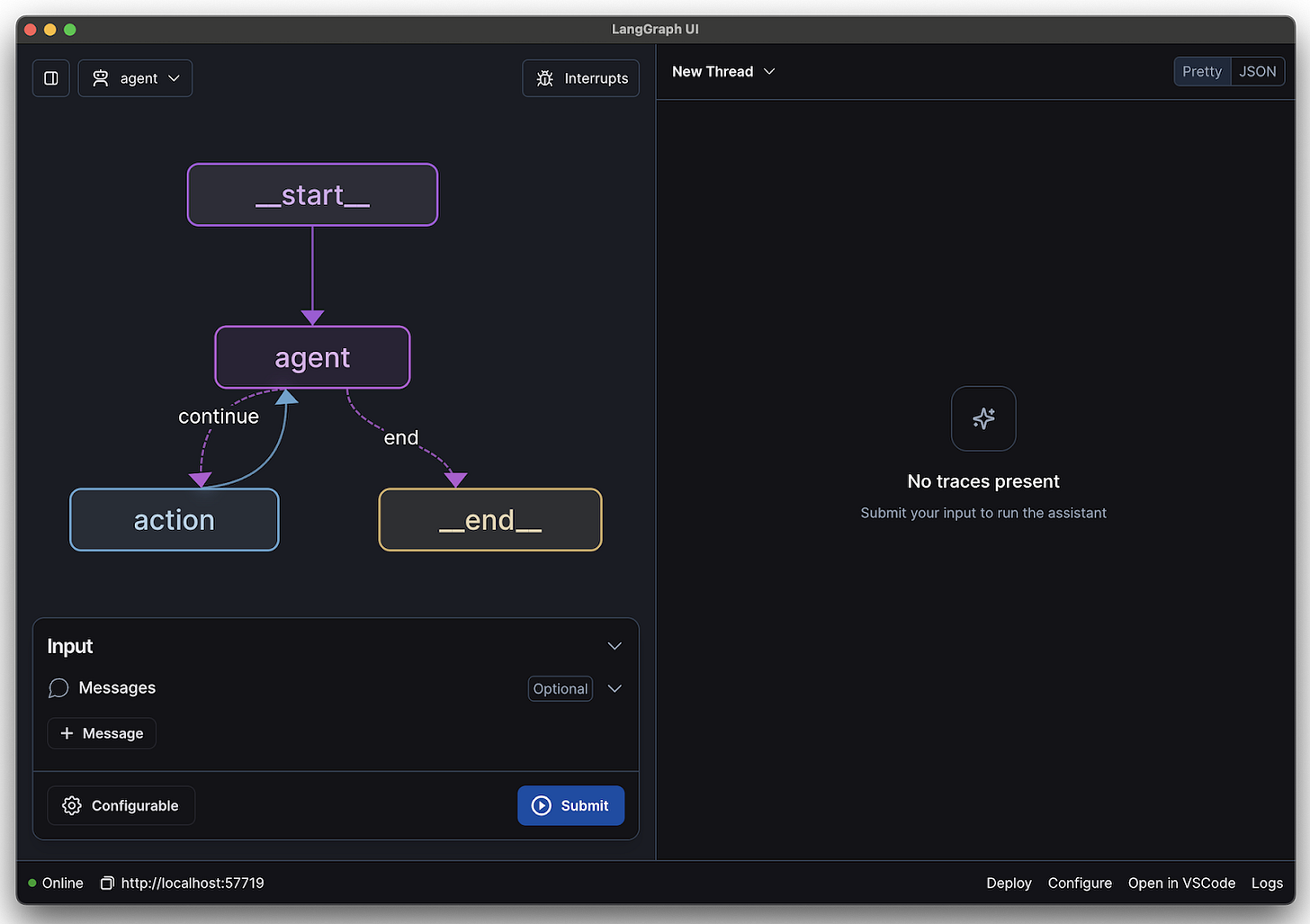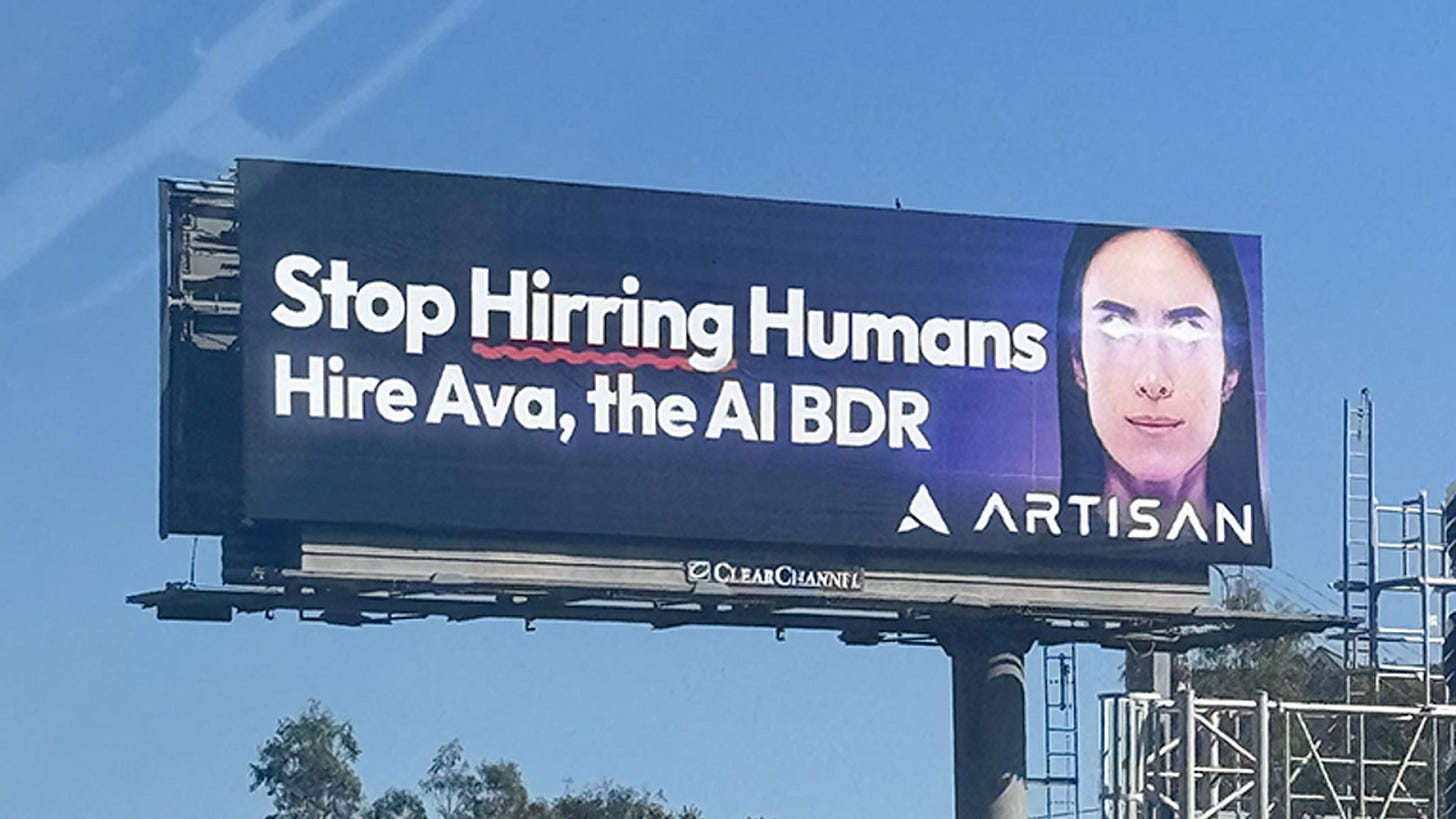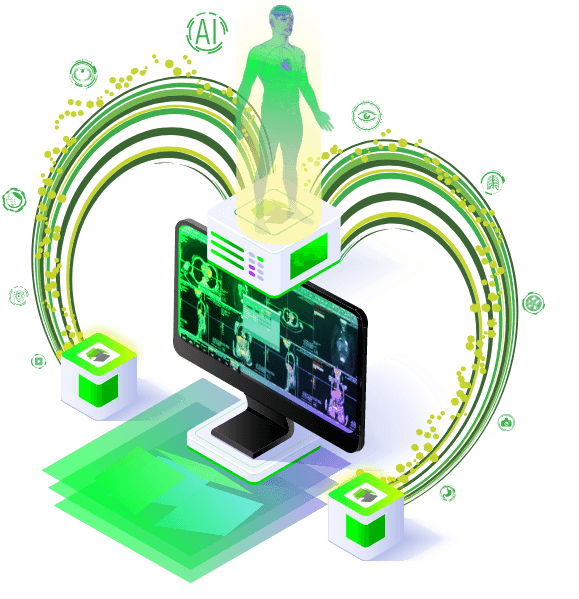🤝 2025 Will See Autonomous Multi-Agent Collaboration
By Louis-Nicolas Roussel, Co-founder & COO at Humiris AI
Introduction: The Rise of Multi-Model Intelligence
2025 isn’t just another milestone for AI—it’s a defining moment. The dominance of single, all-in-one AI models is fading, replaced by multi-model intelligence, where specialized models collaborate dynamically to solve complex challenges.
This isn’t a distant vision—it’s happening now. OpenAI’s collaboration with Microsoft Azure has shown how blending different AI capabilities outperforms monolithic models. Organizations are increasingly combining closed-source powerhouses like GPT-4 with open-source champions like Llama 3 and Mistral.
At Humiris AI, we’re not just watching this evolution—we’re building the tools to make it happen. Our Mixture of AI (MoAI) platform lets AI teams orchestrate collaboration across diverse models, optimizing workflows for cost, speed, and accuracy.
👆 AI mix-model by Humiris
This newsletter dives into the AI trends that will define 2025—from smarter reasoning workflows to the evolving role of the CTO.
1️⃣ Advanced Reasoning Workflows
2024 in Review:
2024 was the year AI reasoning engines moved from theory to practice. Salesforce’s Atlas Reasoning Engine delivered a 33% improvement in customer service accuracy by breaking down complex queries into smaller logical steps. Financial institutions ran thousands of investment simulations in real time, and healthcare AI systems analyzed complex datasets to optimize treatments.
Techniques like Tree-of-Thought Reasoning enabled better self-assessment within reasoning workflows, while Test-Time Compute Optimization made resource allocation more dynamic.
➡️ Learn more about Salesforce’s Atlas Reasoning Engine here.
2025 Predictions:
In 2025, reasoning engines will become the decision-making backbone for industries like finance, healthcare, and manufacturing. AI will handle ambiguity, assess risks, and recommend actions autonomously.
➡️ Explore Tree-of-Thought Reasoning Techniques here.
2️⃣ Multi-Agent Systems
2024 in Review:
Multi-Agent Systems (MAS) matured in 2024, with OpenAI’s Swarm Framework showcasing how AI agents could collaborate in logistics, finance, and cybersecurity. Supply chains became adaptive and resilient, while cybersecurity swarms detected and neutralized threats in milliseconds.
Despite these gains, communication protocols between agents from different systems remained a barrier to full-scale adoption.
➡️ Discover OpenAI’s Swarm Framework here.
2025 Predictions:
In 2025, MAS will become a foundational technology for industries requiring large-scale, real-time problem-solving. AI swarms will optimize city infrastructure, autonomously manage large-scale logistics, and protect digital assets with unparalleled speed.
👆 LangGraph Studio in action for Multi-Agent orchestration
➡️ Learn about LangChain AI Orchestration here.
➡️ Dive into Scalable Multi-Agent Reinforcement Learning Techniques here.
3️⃣ Inference-Time Compute: Max Intelligence & Efficiency
2024 in Review:
Inference optimization became a priority in 2024. Companies like DeepMind proved that smarter inference workflows could deliver results rivaling larger models while reducing costs. Techniques like Best-of-N Sampling enabled AI to dynamically evaluate multiple outputs and select the best one in real time.
➡️ Learn more about DeepMind’s Inference Innovations here.
2025 Predictions:
In 2025, inference-first architectures will dominate AI infrastructure. Optimized hardware and smarter compute strategies will enable real-time applications in everything from fraud detection to personalized medicine.
4️⃣ AI Agents: Your New Team Members
2024 in Review:
In 2024, AI agents became active contributors across workflows. GitHub Copilot revolutionized software development, while enterprise AI agents handled tasks like customer support and operational logistics.
However, scaling agent deployments across complex systems introduced integration challenges, slowing adoption in some enterprises.
👆 Artisan’s billboard for BDR AI Agents in San Francisco
2025 Predictions:
In 2025, AI agents will evolve into domain-specific experts with autonomous decision-making capabilities. They’ll oversee projects, predict operational bottlenecks, and dynamically adjust workflows without human intervention.
➡️ Learn about RapidAI’s Agent Deployment Guide here.
5️⃣ Sustainable AI: Smarter, Greener, Essential
2024 in Review:
In 2024, sustainability became a non-negotiable benchmark for AI deployments. Companies like Google achieved substantial energy savings in data centers, and Intel introduced energy-efficient chips specifically designed for AI workloads. Techniques like model pruning and dynamic compute allocation minimized unnecessary resource consumption.
Yet, the carbon footprint of AI model training remained high, and regulatory agencies began demanding transparent reporting on environmental impact.
➡️ Learn about Intel’s Sustainable AI Innovations here.
2025 Predictions:
In 2025, AI sustainability will move from aspiration to strict compliance. Companies will need to provide transparent carbon footprint reports for their AI deployments, while edge computing will reduce the environmental cost of cloud-heavy workflows.
Techniques like Inference-Time Compute Optimization will become standard practice, ensuring every computational cycle delivers maximum value with minimal energy waste.
6️⃣ Ethical AI: building systems we can trust
2024 in Review:
AI ethics took center stage in 2024 as regulatory bodies increased their scrutiny. Tools like IBM’s AI Fairness 360 and Google’s What-If Tool became critical for identifying and addressing biases in AI systems.
Despite these tools, explainability remained a challenge, and trust in AI decisions continued to waver in high-stakes industries like healthcare and finance.
➡️ Explore IBM AI Fairness 360 Toolkit here.
2025 Predictions:
In 2025, Explainable AI (XAI) will become non-negotiable, with strict regulatory guidelines mandating transparency and auditability across AI decision-making pipelines. Companies will invest heavily in tools for real-time bias detection and AI governance.
Conclusion
The trends shaping AI in 2025—advanced reasoning workflows, multi-agent coordination, inference optimization, sustainable infrastructure, and ethical governance—aren’t isolated advancements. They represent a fundamental rethinking of how we build, deploy, and scale AI systems.
The future belongs to organizations that can architect hybrid AI ecosystems, where closed source, open source specialized models, and reasoning engines work together to power autonomous agents.
At Humiris AI, we provide the tools to navigate this future confidently.
Our Routing and Reasoning platform allows CTOs, engineers, and AI architects to integrate open and closed-source AI models into seamless workflows optimized for accuracy, efficiency, and sustainability.
The AI-first future isn’t arriving—it’s already here. Are you ready to lead it?
👉 Discover how Humiris can architect your AI-first strategy: Visit Humiris AI




